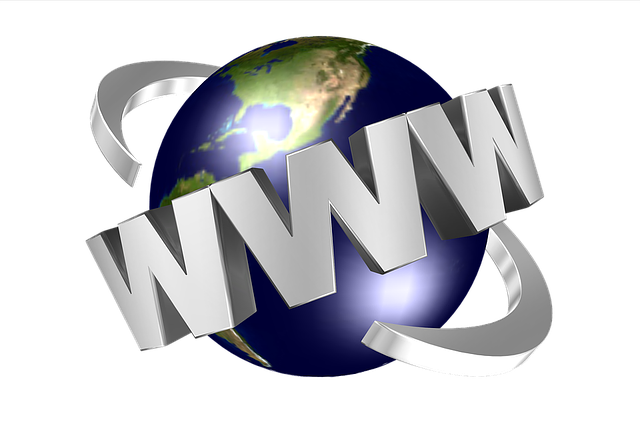Conventionally, Intellectual Property could only be contemplated as having contextual relationship in fields such as literary works, music, dramatic works, artistic works, inventions etc. Nevertheless, the recent decades of twentieth century have witnessed a comprehensive exploration of relationship between internet and intellectual property, an ever changing area of law.
WHAT IS INTELLECTUAL PROPERTY?
Intellectual property as defined and understood in accordance to the World Intellectual Property Organisation (WIPO), refers to “creations of the mind: inventions, literary and artistic works, and symbols, names, images, and designs used in commerce”.
The Internet has been described as “the world’s biggest copy machine”. Individuals and Companies for doing business have transmogrified the way of using the Internet. Both internet resources and users are proliferating at a expeditious rate, bequeathing no reason to surmise that this trend will dwindle, especially as developing countries become increasingly internet enabled.
Copyright and the Internet
The facet of copyright law has always been drawn by the developments in the technological world. Digital technology authorizes the transmission and use of protected materials in digital form over interactive networks. Considering the capabilities and characteristics of digital network technologies, e-commerce can have a major impact on copyright and related rights. Moreover, digital technology has the aptitude to subvert the cardinal ideology of copyright and related rights, if legal rules are not set down and implemented judiciously.
The court in the much debated case of T Series v MySpace have concluded that Myspace had infringed T Series’s copyright because it had knowledge of the infringing activities taking place on its website and had anti-infringement mechanisms in place, which clearly showed that it knew that infringement activities took place on its website, thereby constituting infringement under Section 51 of the Copyright Act.
Domain names
The universal resource locator, or URL, is an entire set of directions, and it contains extremely detailed information. The domain name is one of the constituent inside a URL, being an indispensable element of intellectual property on the Internet. The country-code top-level domain (ccTLD) for India is ‘.in’ and is governed by the IN Domain Name Dispute Resolution Policy (INDRP), which is similar to the Uniform Domain Name Dispute Resolution Policy.
In Satyam Infoway Ltd v Sifynet Solutions Pvt Ltd the court held that Satyam Infoway was the prior user of the term ‘Sify’, and had established a reputation and goodwill and brought the dispute under the purview of the Trademarks Act and observed that a domain name has all of the characteristics of a trademark.
In Rediff Communication v Cyberbooth, the Court observed that the value and importance of a domain name make it akin to a corporate asset of a company. In this case the defendant had registered the domain name ‘radiff.com’, which was similar to ‘rediff.com’. The court ruled in favour of the plaintiff.
It has therefore become obligatory for every growing industry to develop an economic strategy that would cover copyright, trademark in defensive and offensive. The instrumentality of Internet warrants planning, attention and integration. Within the next few years, the Internet will progress into an international trade network built on a global IP backbone, with an increased emphasis on trade rather than intellectual property.




